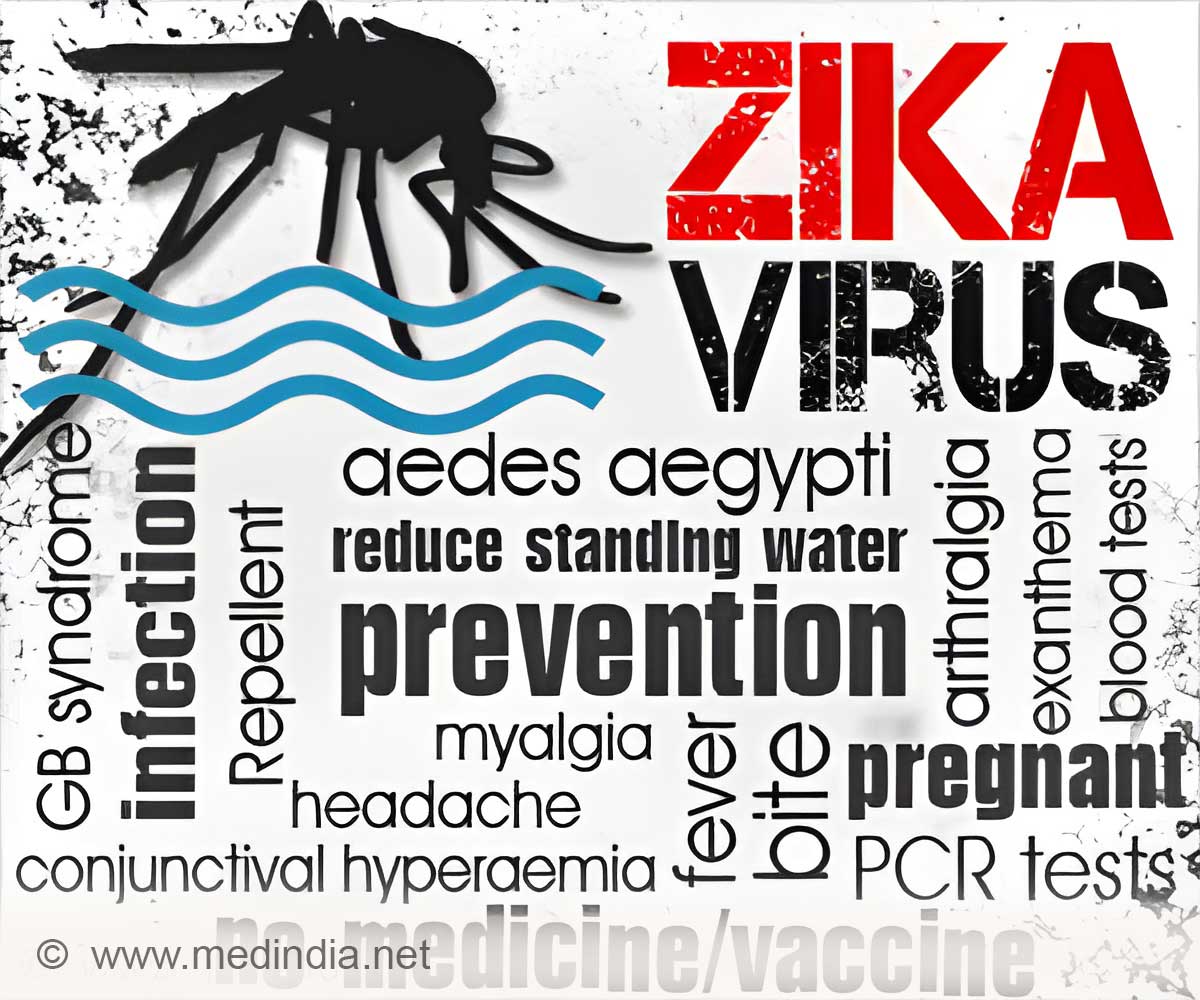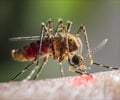Scientists from Goethe University and Senckenberg Society for Nature Research are developing maps on the Zika virus infection risk.

‘New modelling approaches can illustrate the risk areas for Zika infections in Latin America and Europe, so that preventive measures can be taken.’
Read More..




In most cases, mosquitoes of the genus Aedes transmit the Zika virus to humans. Primary vectors are the yellow fever mosquito (Aedes aegypti) and the Asian tiger mosquito (Aedes albopictus). Both mosquito species are widespread in South America. Whereas the yellow fever mosquito (Aedes albopictus) is nearly absent in Europe, the Asian tiger mosquito is widespread in the Mediterranean region. Read More..
"With our new modelling approaches we can illustrate the risk areas for Zika infections in Latin America," says Sven Klimpel Professor for Parasitology and Infection Biology at Goethe University in Frankfurt and the Senckenberg Biodiversity and Climate Research Centre.
"The models additionally allow us to illustrate Zika risk areas for Europe. For example, our models indicate the two autochthonous cases in southern France in Département Var (see illustration)." At the end of October, French authorities announced the first Zika case in Europe; about a week later, a second case was made public.
According to the researcher's calculations, the Zika infection risk in South America is highest along the Brazilian East Coast and in Central America. The risk is moderate in the Amazon region and lowest in the southern areas of the continent.
The following countries are especially affected according to the model: Brazil, Columbia, Cuba, the Dominican Republic, El Salvador, Guatemala, Haiti, Honduras, Jamaica, Mexico, Puerto Rico and Venezuela. In Europe, a risk of infection exists mainly in the Mediterranean region, but also in the inland regions of France and in the Rhine areas of Baden-Württemberg.
Advertisement
The average temperature of the warmest quarter was also incorporated in the model, since temperature has a significant influence on whether the virus can survive and multiply in the mosquito. Finally, the scientists added socioeconomic factors such as population density and gross domestic product to their risk model
Advertisement








